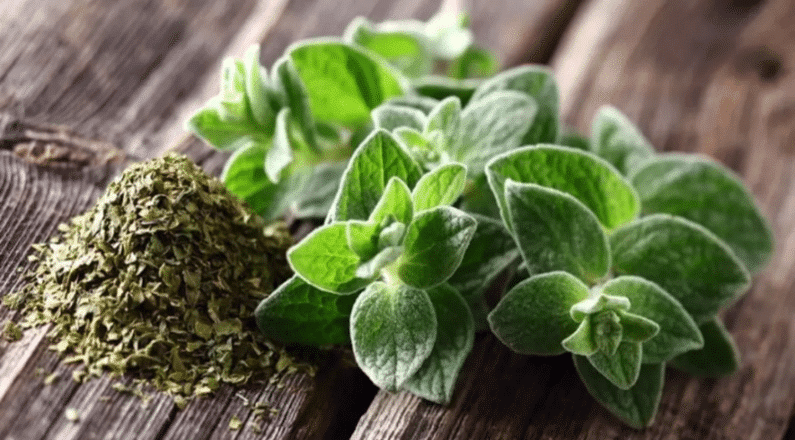Sibthorp’s thyme, Thymus sibthorpii Bentham of Labiatae Family
Morphology: It is a perennial herb with ascending or erect hairy shoots with a deciduous base, 10-25 cm high. Leaves are elliptic, smooth, or hairy on both sides, with dense glands. The rosy flowers grow in an epicarpic cylindrical inflorescence with densely arranged vertebrae (the last vertebrae are relatively distant), with bracts and bracteoles.
Flowering: Flowers from June to August.
Distribution and habitat: It is native to the Balkans and south-western Turkey. It grows in rocky areas and at altitudes from 200 to 2200 m.
Harvesting – Drying: Harvesting is done at full bloom (May – June), depending on the growing area, and all the aboveground part is harvested. In irrigated areas, a second and perhaps even a third harvest may be possible. Drying is carried out in a shady place at a temperature of around 39oC, since at higher temperatures the percentage of essential oil is reduced.
Essential oils – Biological properties: In beekeeping, thyme is used as a key plant to produce aromatic honey. Common T. capitatus is known for its aromatic and medicinal properties (anthelmintic, antipyretic, antiseptic). Plants of the genus Thymus are used as antiseptics, antimicrobials, expectorants, antispasmodics and are ideal for lower respiratory tract infections and their essential oil (thyme oil) is used in perfumery and in cosmetology in general.
It has a high content of phenols, mainly thymol and carbacrol, which are mainly responsible for the antiseptic action, as well as p-cymene, c-terpinene, linalool, beta-myrcene. Thymol also accounts for a large proportion of the antioxidant properties of thyme. In addition, the use of thymol in the treatment of genital herpes has been reported. It is a component of preparations for neuralgia, for oral antisepsis and for inhalation.
It effectively reduces cholesterol and triglyceride levels in the blood. It is a source of natural antimicrobial and antioxidant agents. Thyme leaves are a traditional medicinal product of plant origin used as an expectorant in cold-related coughs, for the preparation of tea or other preparations of plant origin in liquid or solid dosage forms for oral use.
The essential oil may be used orally in appropriate dosage in the following cases: upper respiratory tract catarrh, bronchial catarrh, bronchitis symptoms, spasmodic cough.



















